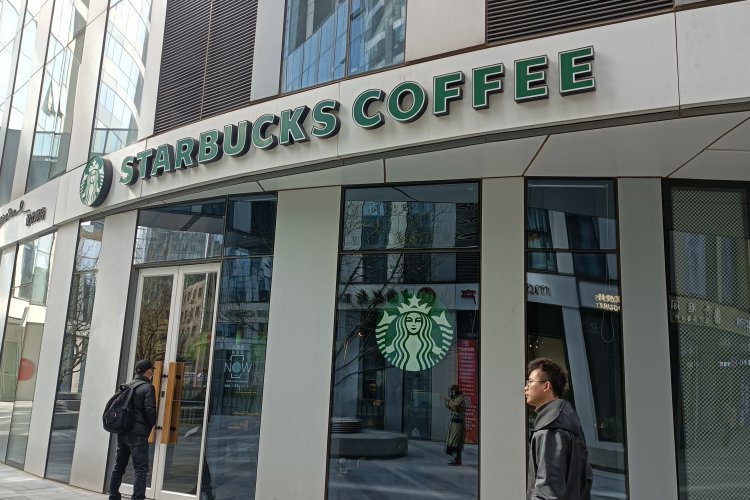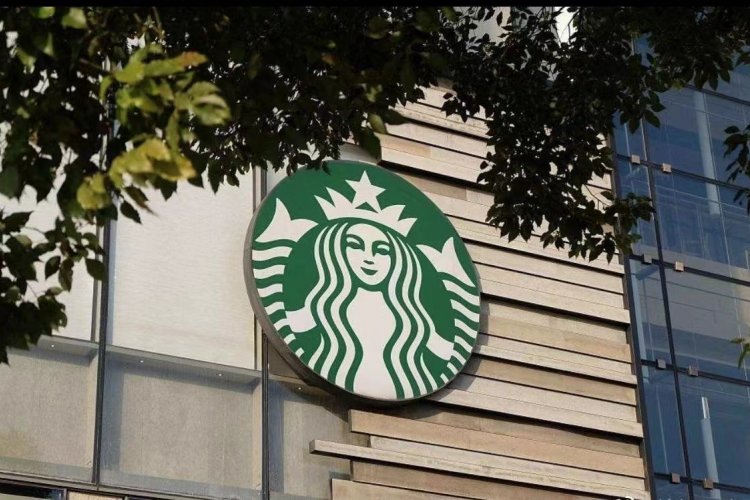What The Wall Street Journal and The Atlantic Are Getting Wrong About Starbucks in China
It's always interesting what non-economic or non-political stories from China that major news outlets choose to cover. First The Wall Street Journal and then The Atlantic decided to take on this important question: why is Starbucks so expensive in China?
WSJ played it straight, sticking to the numbers and blaming high rents and the high cost of logistics, instead of seemingly more obvious causes like labor and the cost of coffee beans. The Atlantic then went all think-piece on it and got lost in its conclusion. Author Matt Schiavenza tried to cite the tastes of increasingly affluent young people as the reason, but then disproved it by going back to the WSJ article, writing, "A disgruntled shopper told the Wall Street Journal's Laurie Burkitt that it simply wasn't 'worth shopping in China anymore.'"
Both publications are missing the point. Although more people in China certainly are drinking more coffee than they did when Starbucks opened its first outlet in Beijing at the China World Trade Center in the late 1990s, Starbucks in China has never been about coffee.
"Starbucks invented the 'third place" in China,' the default place to go to socialize and conduct business that was neither home nor office. Chinese in companies commonly refer to Starbucks as the 'public conference room,'" David Wolf, a public relations professional and expert in Chinese business, told the Beijinger.
In a country where round tables have heads, there was little if any neutral ground. As such, there were few convenient locations where people could have meetings they might not want others to witness, such as job interviews, sales meetings, or dates, where the setting itself did not indicate a particular level of formality. With two cups of coffee, people became not necessarily intimate, employed, or otherwise connected. There's also no need to engage in the fisticuffs-over-who-pays-to-demonstrate-friendship ritual; over two cups of coffee, it doesn't really matter who paid for it.
Starbucks as a public space is borne out by another statistic. "It is also the public living room. The fact shows in results: some 90 percent of Starbucks patrons in China consume their purchases on premises, exactly the opposite of their US counterparts," Wolf added.
Image: The Wall Street Journal
Related stories :
Comments
New comments are displayed first.Comments
![]() webmaster
Submitted by Guest on Tue, 09/10/2013 - 14:18 Permalink
webmaster
Submitted by Guest on Tue, 09/10/2013 - 14:18 Permalink
Re: What The Wall Street Journal and The Atlantic Are Getting...
Starbucks as a public space is borne out by another statistic. "It is also the public living room.
I thought IKEA was China's public living room 

Validate your mobile phone number to post comments.






